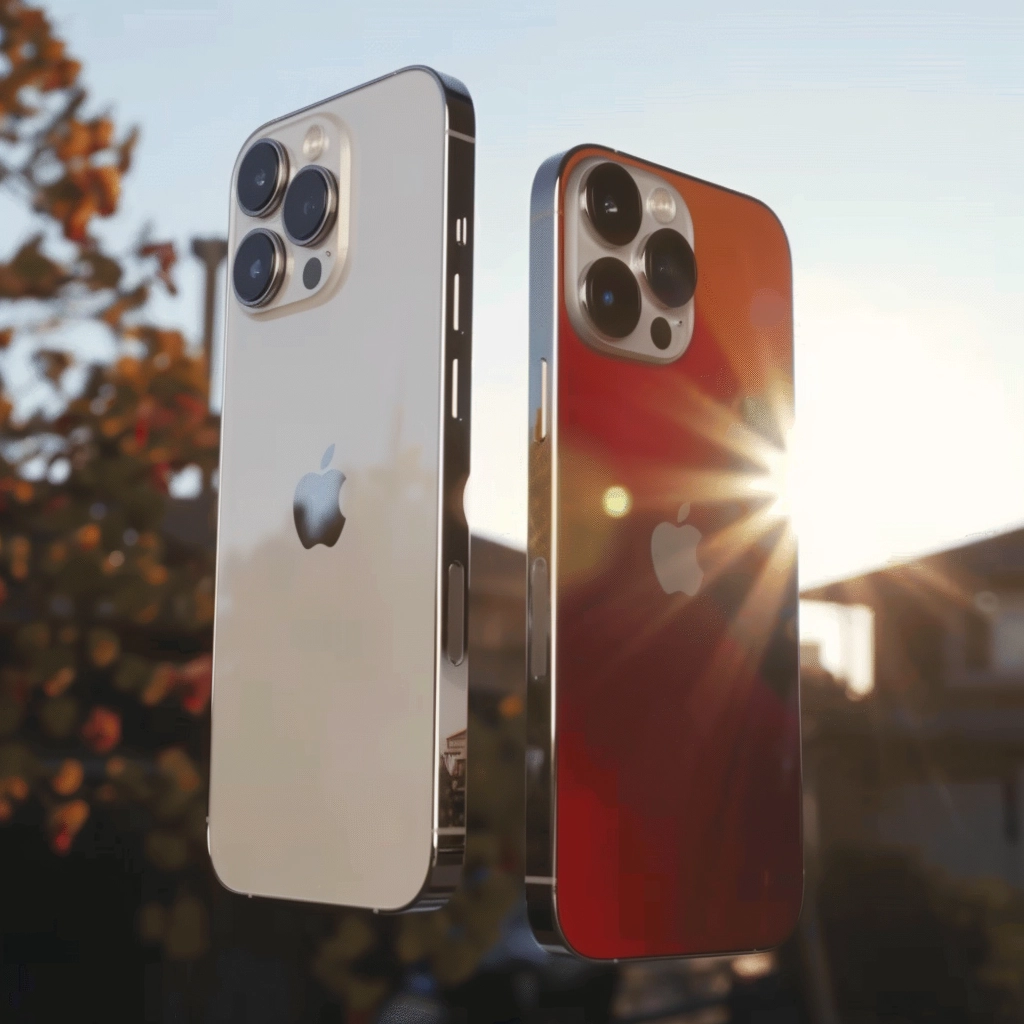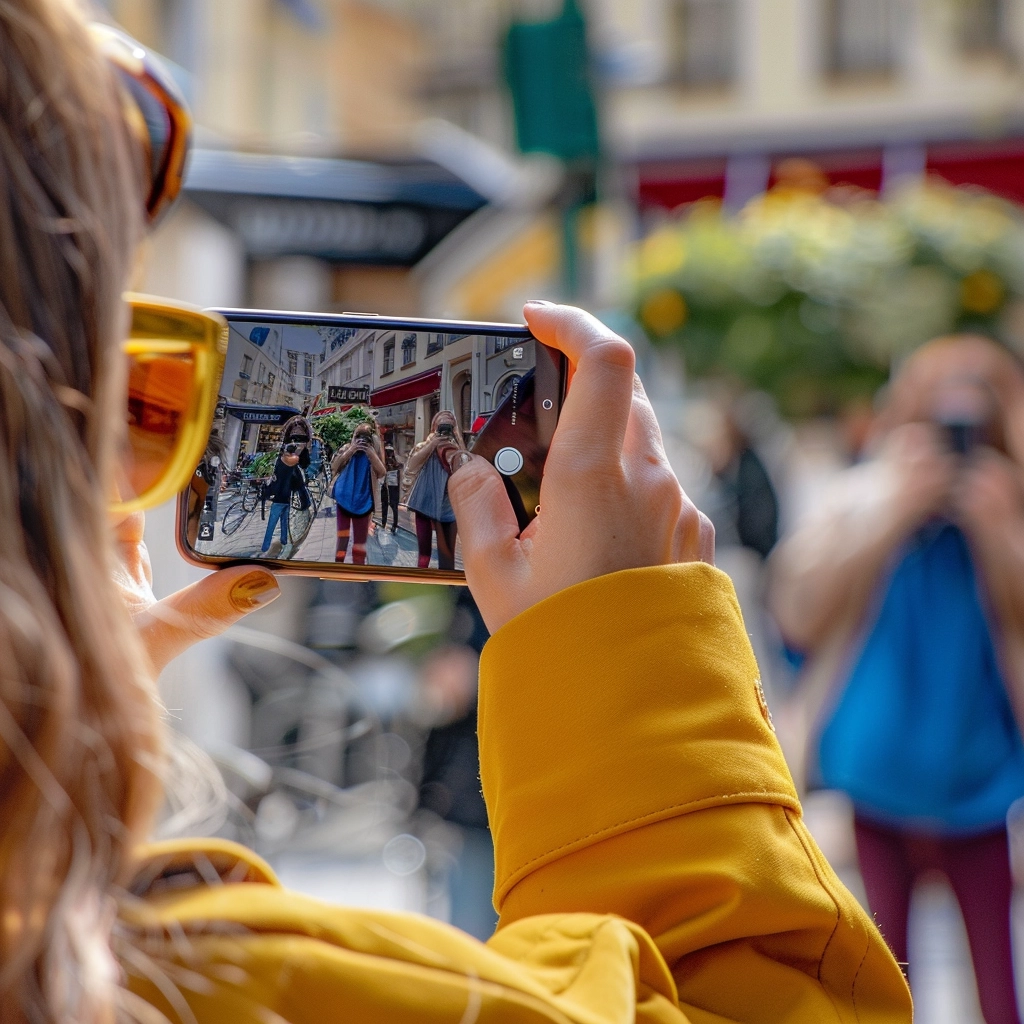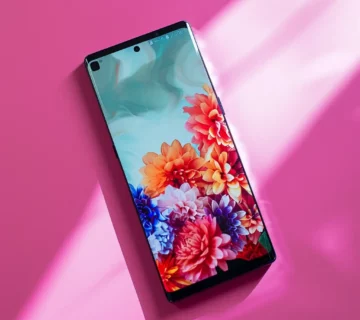In the ever-evolving world of smartphone technology, the camera has become a pivotal feature for users, from casual photographers to social media enthusiasts and even professional content creators. The quest for the best camera phone is a dynamic challenge, with manufacturers constantly pushing the boundaries of what’s possible within the compact form of a mobile device. This year, the competition is fiercer than ever, with major players like iPhone and Samsung vying for the top spot, alongside emerging contenders setting new mobile photography standards. Let’s delve into the features that distinguish the best camera phones on the market and answer some of the most pressing questions about smartphone photography today.
Key Features of Top Camera Phones
The best camera phones stand out through a combination of advanced hardware and sophisticated software. They boast large sensors that capture more light, wide apertures for stunning bokeh effects, and optical image stabilization (OIS) for sharp images even in challenging conditions. Moreover, the integration of AI enhances photography capabilities, offering features like scene detection, night mode, and advanced portrait photography.
iPhone vs. Samsung: Battle of the Titans
When it comes to camera quality, both iPhone and Samsung offer exceptional capabilities, and choosing between them is a matter of preference. iPhones are renowned for their color accuracy, dynamic range, and seamless integration with other Apple products. Samsung, on the other hand, excels in versatility, offering a wide range of shooting modes, high-resolution sensors, and innovative features like 100x Space Zoom on select models. Each brand has its strengths, and the best choice depends on your specific photography needs and brand loyalty.

Leading the Pack: The World’s No. 1 Camera Phone
Determining the No. 1 camera phone in the world is a challenging task due to varying user preferences and the rapid pace of technological advancements. However, as of 2024, the iPhone 14 Pro Max and the Samsung Galaxy S22 Ultra are often cited among the best for their outstanding camera systems. These models feature cutting-edge technology, including multiple lenses for wide, ultra-wide, and telephoto shots, along with exceptional low-light performance and advanced video capabilities.
Understanding Megapixels: Quality vs. Quantity
While megapixels are important in camera quality, they don’t tell the whole story. A good camera phone should have at least 12 to 16 megapixels with a larger sensor size to capture more light and detail. However, image processing and sensor quality significantly affect the final image outcome. Phones like the Google Pixel series demonstrate that with superior software and a well-optimized sensor, fewer megapixels can still produce stunning images.
FAQs
The camera quality of iPhone and Samsung phones is highly competitive, with each offering unique strengths. iPhones excel in color accuracy and dynamic range, while Samsung phones offer versatility and innovative features.
As of 2024, the iPhone 14 Pro Max and the Samsung Galaxy S22 Ultra are frequently mentioned as contenders for the world's best camera phone, offering unparalleled photography experiences.
A phone camera with 12 to 16 megapixels, coupled with a larger sensor and advanced image processing, is generally considered good for capturing high-quality images.
Not necessarily. While a higher megapixel count can capture more detail, factors like sensor size, aperture, and image processing algorithms are crucial for overall photo quality.
Smartphone cameras have made significant advances and can rival DSLRs in many situations, especially for everyday photography. However, DSLRs still have the edge in professional settings due to their larger sensors and lens versatility.


